Madhuri Suthar
PhyCV: The First Physics-inspired Computer Vision Library
Jan 29, 2023



Abstract:PhyCV is the first computer vision library which utilizes algorithms directly derived from the equations of physics governing physical phenomena. The algorithms appearing in the current release emulate, in a metaphoric sense, the propagation of light through a physical medium with natural and engineered diffractive properties followed by coherent detection. Unlike traditional algorithms that are a sequence of hand-crafted empirical rules, physics-inspired algorithms leverage physical laws of nature as blueprints for inventing algorithms. In addition, these algorithms have the potential to be implemented in real physical devices for fast and efficient computation in the form of analog computing. This manuscript is prepared to support the open-sourced PhyCV code which is available in the GitHub repository: https://github.com/JalaliLabUCLA/phycv
Phase-Stretch Adaptive Gradient-Field Extractor (PAGE)
Feb 12, 2022
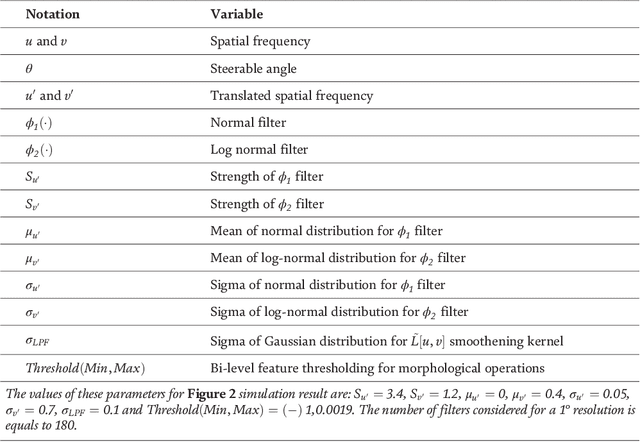
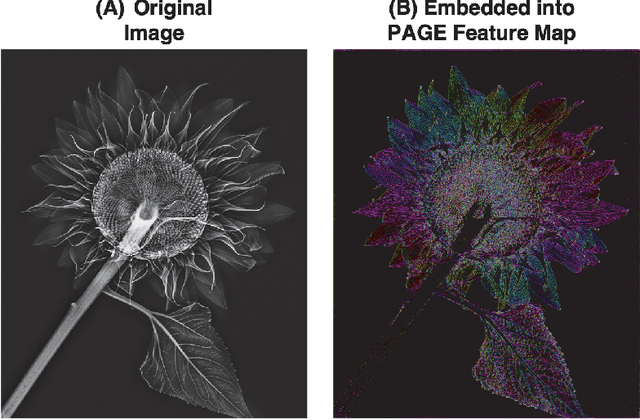
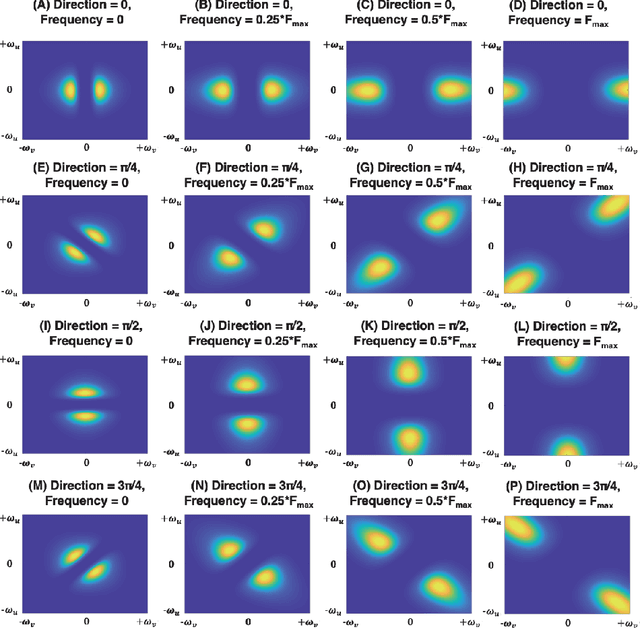
Abstract:Phase-Stretch Adaptive Gradient-Field Extractor (PAGE) is an edge detection algorithm that is inspired by physics of electromagnetic diffraction and dispersion. A computational imaging algorithm, it identifies edges, their orientations and sharpness in a digital image where the image brightness changes abruptly. Edge detection is a basic operation performed by the eye and is crucial to visual perception. PAGE embeds an original image into a set of feature maps that can be used for object representation and classification. The algorithm performs exceptionally well as an edge and texture extractor in low light level and low contrast images. This manuscript is prepared to support the open-source code which is being simultaneously made available within the GitHub repository https://github.com/JalaliLabUCLA/Phase-Stretch-Adaptive-Gradient-field-Extractor/.
Feature Enhancement in Visually Impaired Images
Jun 14, 2017
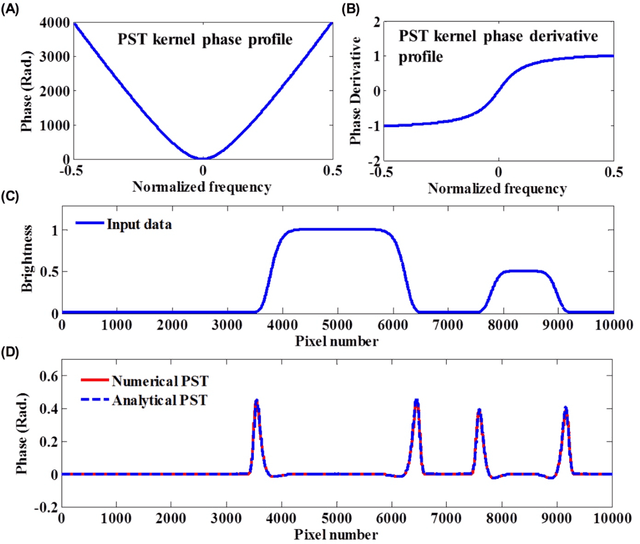

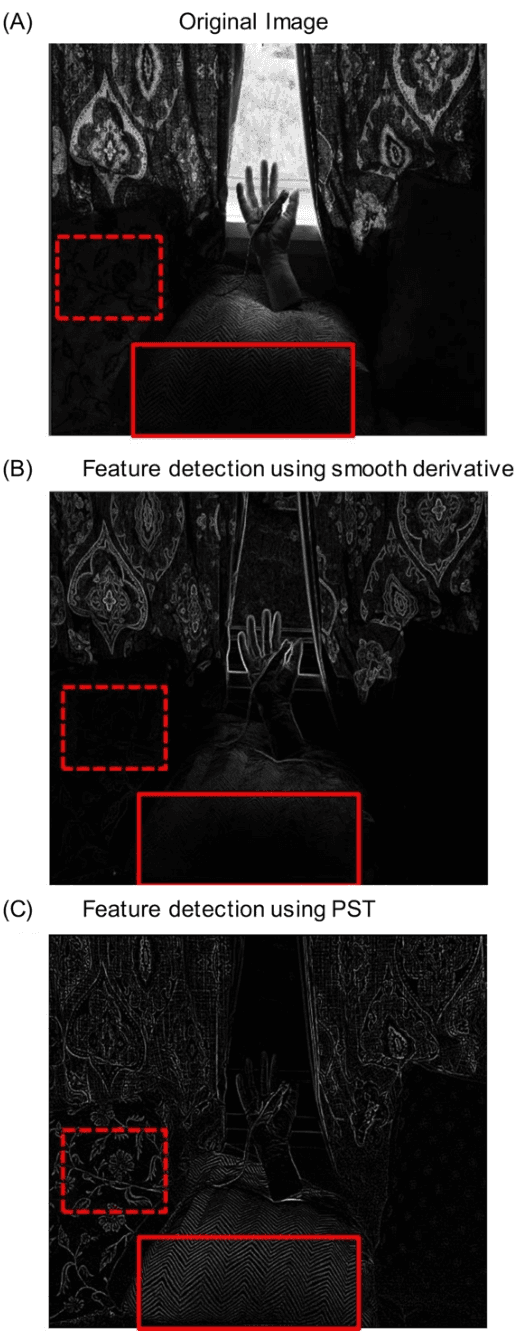
Abstract:One of the major open problems in computer vision is detection of features in visually impaired images. In this paper, we describe a potential solution using Phase Stretch Transform, a new computational approach for image analysis, edge detection and resolution enhancement that is inspired by the physics of the photonic time stretch technique. We mathematically derive the intrinsic nonlinear transfer function and demonstrate how it leads to (1) superior performance at low contrast levels and (2) a reconfigurable operator for hyper-dimensional classification. We prove that the Phase Stretch Transform equalizes the input image brightness across the range of intensities resulting in a high dynamic range in visually impaired images. We also show further improvement in the dynamic range by combining our method with the conventional techniques. Finally, our results show a method for computation of mathematical derivatives via group delay dispersion operations.
Time Stretch Inspired Computational Imaging
Jun 07, 2017
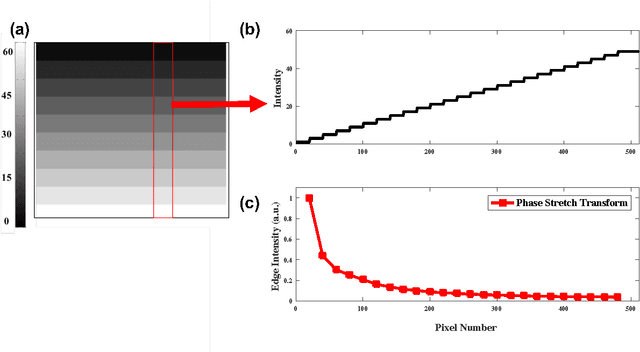
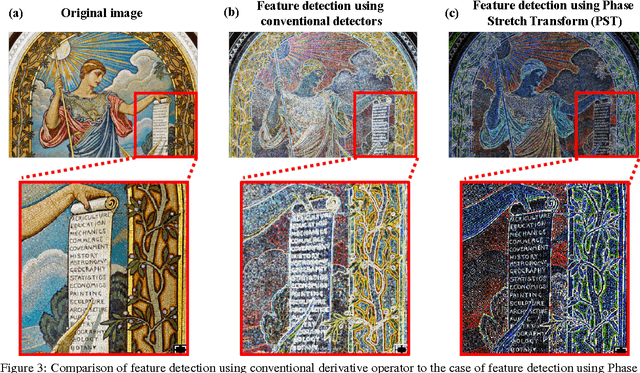
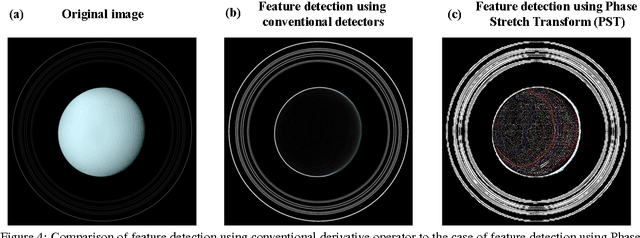
Abstract:We show that dispersive propagation of light followed by phase detection has properties that can be exploited for extracting features from the waveforms. This discovery is spearheading development of a new class of physics-inspired algorithms for feature extraction from digital images with unique properties and superior dynamic range compared to conventional algorithms. In certain cases, these algorithms have the potential to be an energy efficient and scalable substitute to synthetically fashioned computational techniques in practice today.
 Add to Chrome
Add to Chrome Add to Firefox
Add to Firefox Add to Edge
Add to Edge